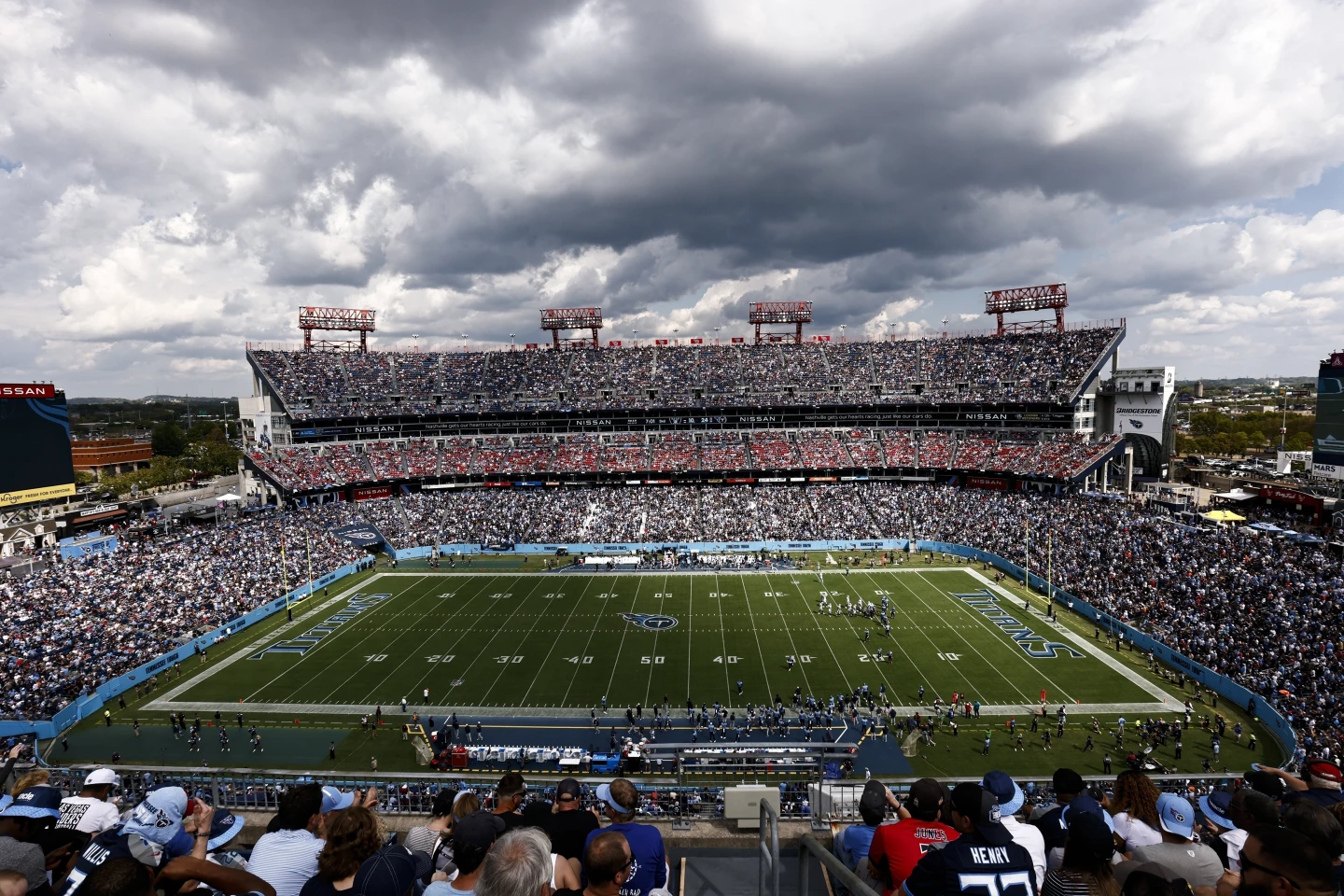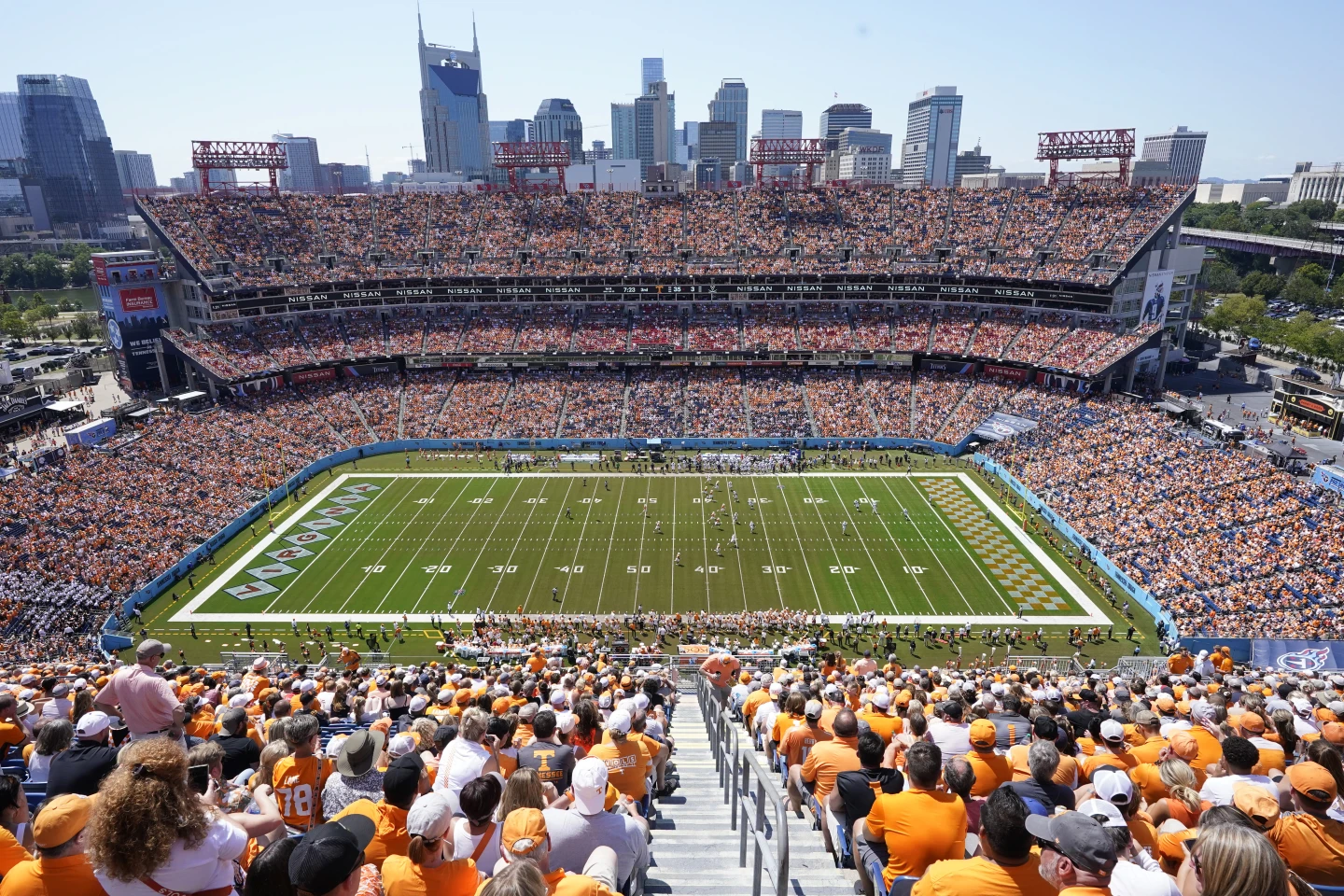Which playing surface is safer for athletes: natural grass or artificial turf?
This is an important question, not just for football but also for soccer, recreational sports, and high school and college athletics — anywhere athletes make sudden movements that can twist joints and tear ligaments.
Scientists are still studying this issue, but it’s difficult to get the right answer. There are many factors to consider: the player’s age and physical condition, weather and surface conditions, the type of shoes worn, and whether the injuries involved contact with other players. Also, playing surfaces have changed over the years with new technology.
The debate was renewed when Aaron Rodgers tore his Achilles’ tendon during an NFL game on artificial turf. While Rodgers’ injury could have happened just as easily on grass, the incident has fueled the argument.
What is artificial turf? Synthetic grass has come a long way since the days of AstroTurf.
Costly maintenance and bad weather conditions make artificial turf more common in many college football stadiums.
The NFL players’ union has renewed calls for grass fields after Aaron Rodgers’ injury.
What does the science say and what are the challenges?
LOOKING BACK AT INJURY RATES
Some studies look at injury rates and adjust for other factors that could affect the results. These types of studies are useful but can never keep up with new developments, according to Dr. Calvin Hwang, a team doctor for Stanford’s football players and the San Jose Earthquakes soccer team.
“There’s always evolving technology, both with grass, but especially with artificial turf,” Hwang said. “The newer generation turfs may be safer than older generation turfs. And so studies that were done five or six years ago may not be including some of those newer generation turfs.”
Still, Hwang, who treats players who play on grass fields, believes the research he’s seen suggests that grass is safer.
Recently, a group of researchers reviewed studies on this topic. They looked at 53 articles published between 1972 and 2020, on injuries in professional and amateur sports, including football, soccer, rugby, field hockey, and ultimate Frisbee.
The authors didn’t specify whether the studies looked at injuries caused by direct contact with another player or just non-contact injuries.
The studies suggest that there are more foot and ankle injuries on artificial turf, both older and newer versions, compared to natural grass. The researchers also noted that knee and hip injuries were similar on both surfaces. They pointed out that studies showing more injuries on grass were often funded by the artificial turf industry.

Similar results were found in a separate study that looked at 4,801 NFL foot and leg injuries from regular season games between 2012 and 2016. This study found 16% more injuries per play on artificial turf compared to grass.
The authors concluded that if all games had been played on grass, there would have been 319 fewer foot and leg injuries. When they focused on non-contact injuries, the risk was even higher, about 20% more injuries per play.
THE DEBATE
In the NFL, the players’ union prefers grass and has been pushing for its use. The NFL argues that some artificial turf fields are safer than some grass fields and wants to reduce injuries on all types of surfaces. Around half of the NFL stadiums use artificial turf.
Both sides use the same data on non-contact injury rates, but they interpret the results differently.
The data collected for the NFL and players’ union is not publicly available. The company that analyzes the data, IQVIA, did not respond to multiple requests for comment.
Artificial turf is made from plastic fibers that look like grass, with a cushioning layer of granulated rubber, sand, cork, or coconut fiber.
“The upside of turf is that players feel more nimble, they feel faster,” said Dr. Brian Cole, orthopedic surgeon and team doctor for basketball’s Chicago Bulls. “The downside is they’re faster. It’s a collision sport. Velocity goes up and collisions go up.”
SHOE CLEATS AND SURFACES
Dr. Joseph Donnelly has treated many torn ACLs in female high school soccer players in the Bay Area, where most high school athletes play on artificial turf. Studies have shown that female athletes are more likely than males to suffer ACL injuries in sports like soccer, which require quick changes in direction.
“It’s an epidemic,” said Donnelly, an orthopedic surgeon at Stanford Health Care. “When these ladies tear their ACLs, we fix them, we send them back, and then they’re actually more likely to tear their opposite ACL.”

He examined the research. One study from 2016 used a hydraulic testing machine to simulate shoes with different cleats moving on various playing surfaces. Shoes with blade-shaped cleats on artificial turf were found to be a dangerous combination. The traction from these cleats increased the twisting force on the knee.
“You’re not going to be able to change the surface you play on,” Donnelly said. “So we do try to get them to use a cleat that has a favorable interaction with the turf.”
Some young athletes don’t want to stop using their favorite cleats because they’re concerned about performance on the field, he said. Like other sports medicine experts interviewed for this story, he believes grass is safer.
“There’s no question that there is less torque when you’re on grass no matter what cleats you’re wearing,” he said.
HYBRID SURFACES
For large stadiums, financial pressures also favor artificial turf, which is more flexible for events like concerts. Weather and maintenance issues are part of the decision. A poorly maintained grass field can lead to injuries.
The future may involve hybrid fields. The Green Bay Packers’ Lambeau Field in Wisconsin has featured Kentucky bluegrass sod mixed with synthetic fibers since 2018.
Grass or hybrid fields might receive a boost from the 2026 World Cup. The tournament’s rules haven’t been published yet, but grass has been the preferred surface for all past men’s World Cups. Seven of the 11 U.S. venues are NFL stadiums with artificial turf. In a recent interview with ESPN, NFL Commissioner Roger Goodell said the stadiums will be installing hybrid surfaces for the tournament.
Grass field technology has improved, Cole said. “They can do it when it’s 110 (degrees) and they can do it when it’s 30 below zero in Green Bay. So it can be done. And I think the science is clearly enabling them to do it at this point.”
